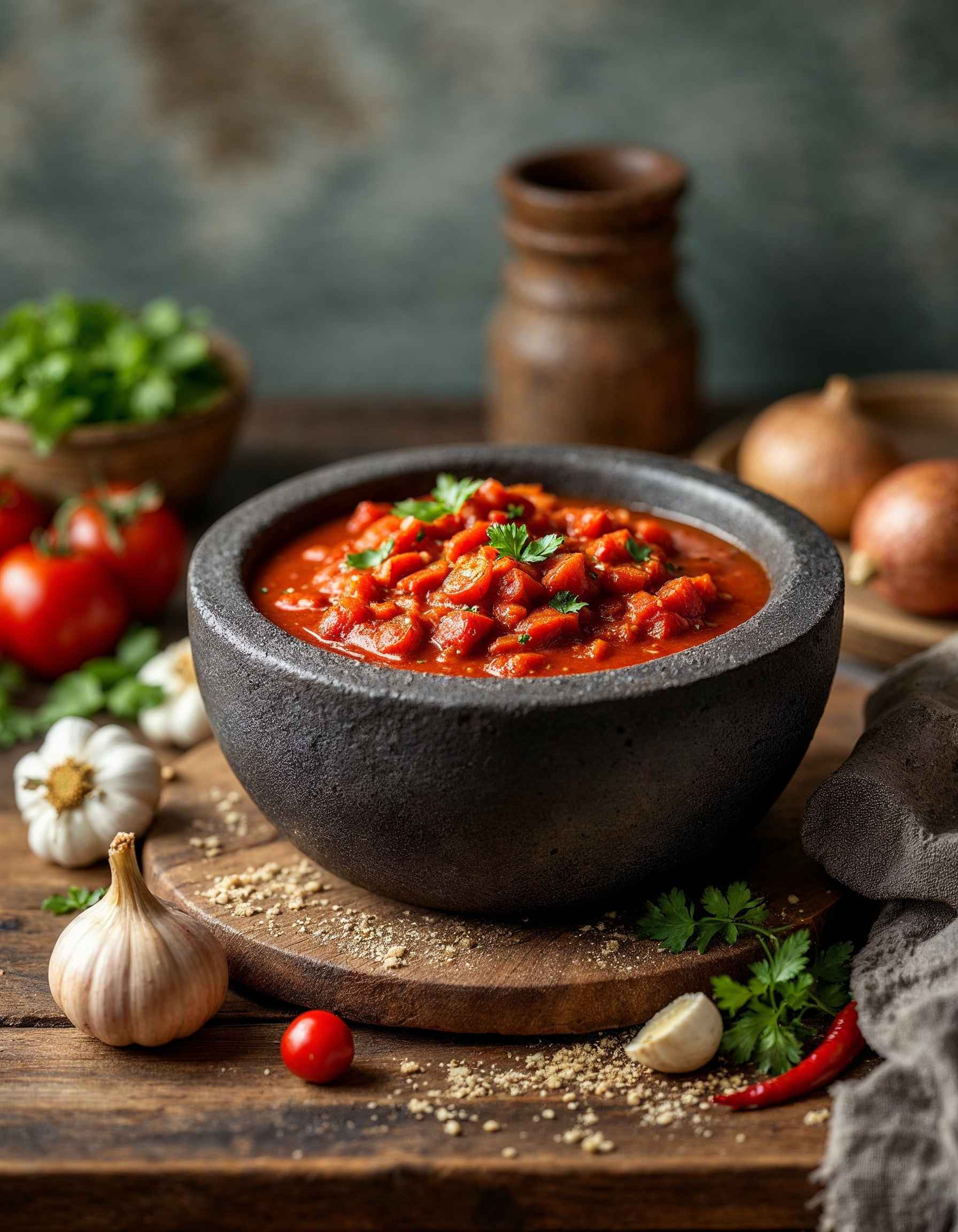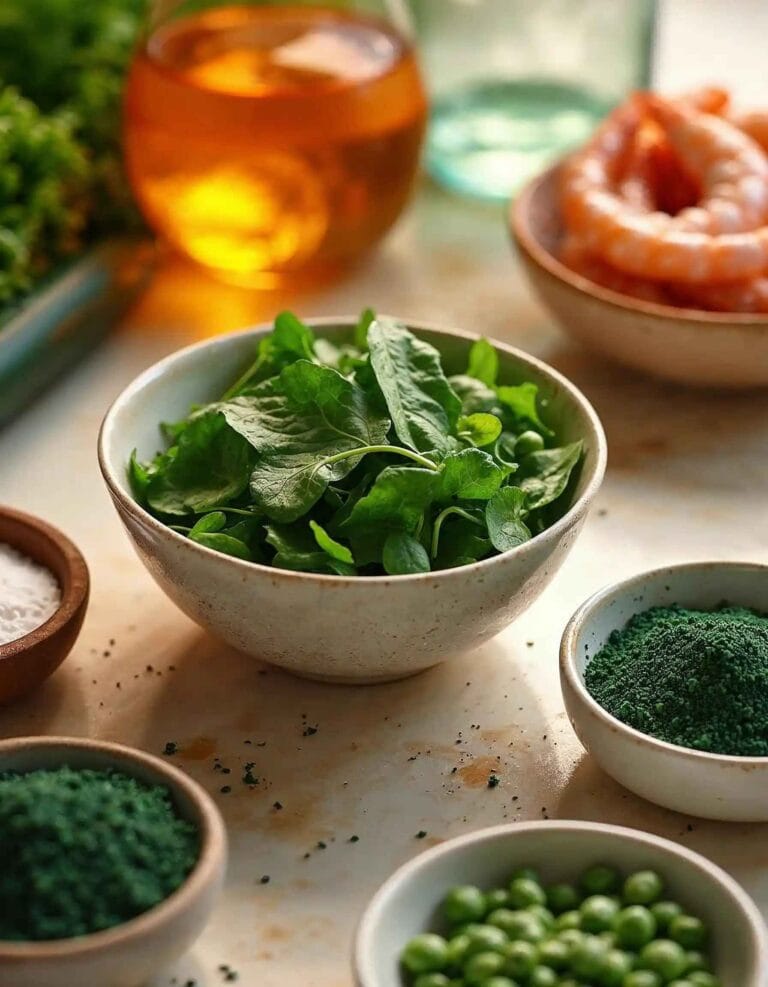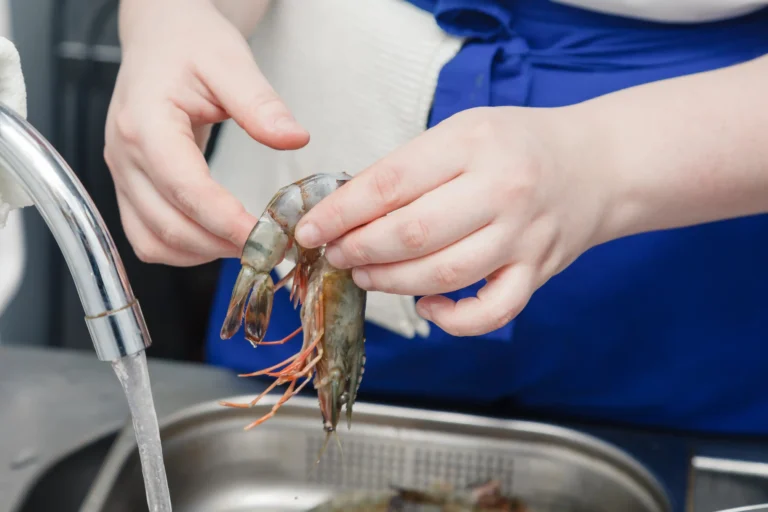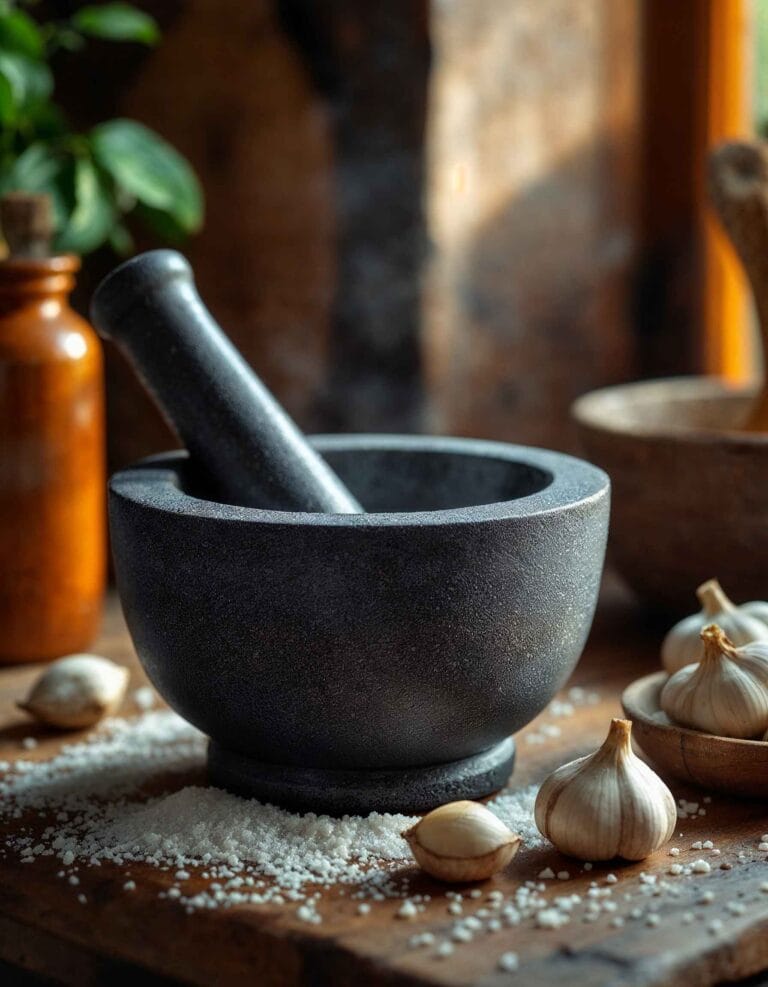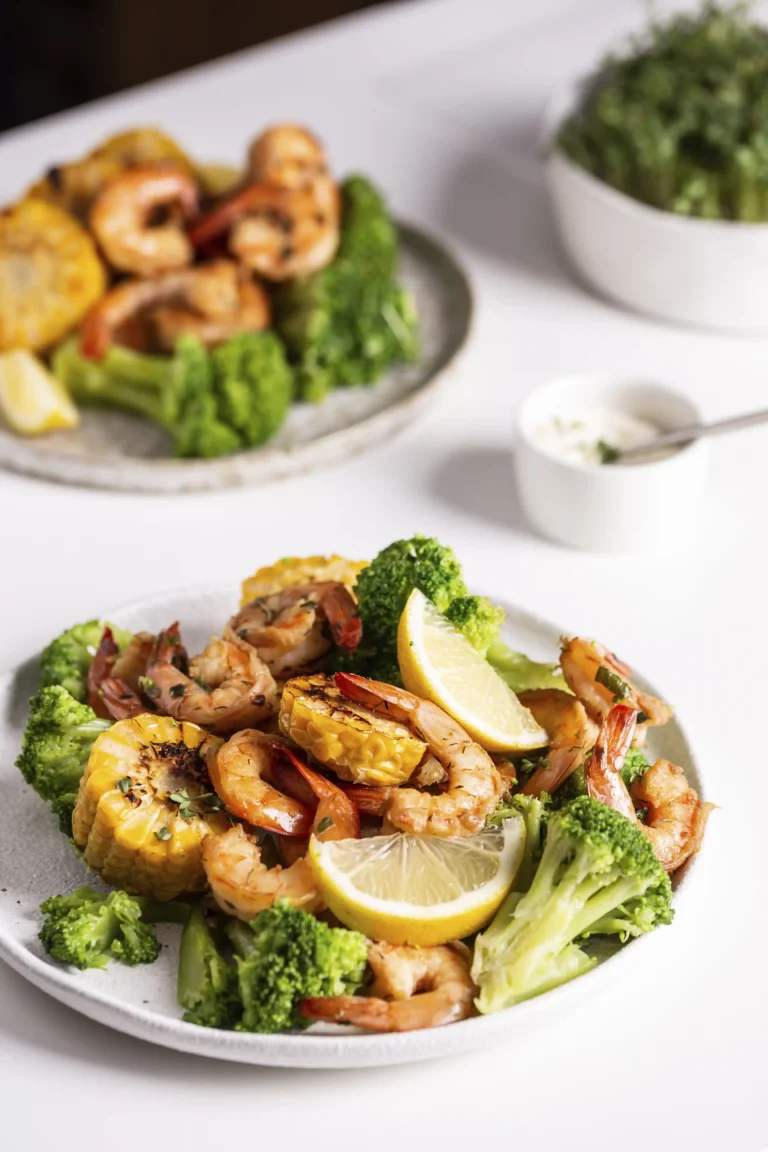Molcajete Sauce: Ingredients, Recipe, and Traditional Uses
Molcajete sauce, a cornerstone of traditional Mexican cuisine, is a vibrant and flavorful condiment prepared using a molcajete, a volcanic stone mortar and pestle. Known for its smoky, earthy, and slightly chunky texture, molcajete sauce embodies the essence of Mexican culinary traditions. Unlike modern sauces made in blenders, this sauce’s distinct character comes from the manual grinding of fresh ingredients.
The molcajete itself dates back to pre-Hispanic times, and its use has been preserved across generations. This iconic kitchen tool allows ingredients to blend naturally, preserving their original flavors and textures. Molcajete sauce is versatile, pairing perfectly with everything from grilled meats to tacos and even tortilla chips.
Stay tuned as we dive into its fascinating history, preparation techniques, and why it’s beloved by chefs and home cooks alike.
Discover step-by-step instructions for preparing a molcajete-based recipe.
The History of Molcajete Sauce
The story of molcajete sauce is deeply rooted in the rich history of Mexican cuisine, which dates back thousands of years. The molcajete, the traditional tool used to prepare this sauce, has been a staple of Mexican households since the time of the Aztecs, Mayans, and other ancient civilizations. This iconic kitchen tool is made of volcanic basalt stone, prized for its durability and the unique texture it imparts to food.
Origins of the Molcajete
The word “molcajete” is derived from the Nahuatl language, where “molli” means sauce and “caxitl” refers to a bowl. These volcanic stone mortars were originally designed to grind spices, seeds, and grains into pastes and powders, long before modern blenders or grinders existed. The porous surface of the molcajete allows it to capture the flavors of the ingredients, enhancing the taste of each dish over time.
Cultural Importance
In ancient Mesoamerica, molcajetes were not only tools but also symbols of community and tradition. Preparing food with a molcajete was often a communal activity, bringing families together to create meals that reflected the bounty of the land. Molcajete sauces, with their robust textures and flavors, became essential accompaniments to corn-based dishes such as tortillas, tamales, and pozole.
Today, the molcajete remains a treasured artifact of Mexico’s culinary heritage. Many families pass down their molcajetes through generations, treating them as heirlooms that connect the past to the present. Even with modern appliances available, many Mexican cooks prefer the authenticity and craftsmanship of molcajete sauces, believing that the tool infuses food with a unique energy and flavor.
Evolution Through the Ages
While the core ingredients of molcajete sauce—tomatoes, chili peppers, and garlic—remain consistent, its recipes have evolved with regional influences and ingredient availability. In some areas, ingredients like tomatillos or roasted onions are added for variation. The sauce’s adaptability has allowed it to remain relevant, even as new cooking techniques and tools emerge.
The Molcajete in Modern Times
In today’s culinary landscape, the molcajete continues to inspire chefs worldwide. The molcajete remains a popular tool for preparing traditional sauces and guacamole, and it has also gained popularity in gourmet kitchens as a symbol of authenticity and artisanal cooking.
From trendy Mexican restaurants to home kitchens, the molcajete serves as a reminder of the enduring legacy of hand-prepared food. Its role in the creation of molcajete sauce reflects a commitment to preserving the authentic flavors of Mexican cuisine.
Ingredients Used in Molcajete Sauce
Molcajete sauce owes its distinct flavor to carefully selected fresh ingredients that cooks traditionally grind in a molcajete. These components are not just ingredients but also symbols of Mexican culinary traditions, each contributing unique flavors and textures.
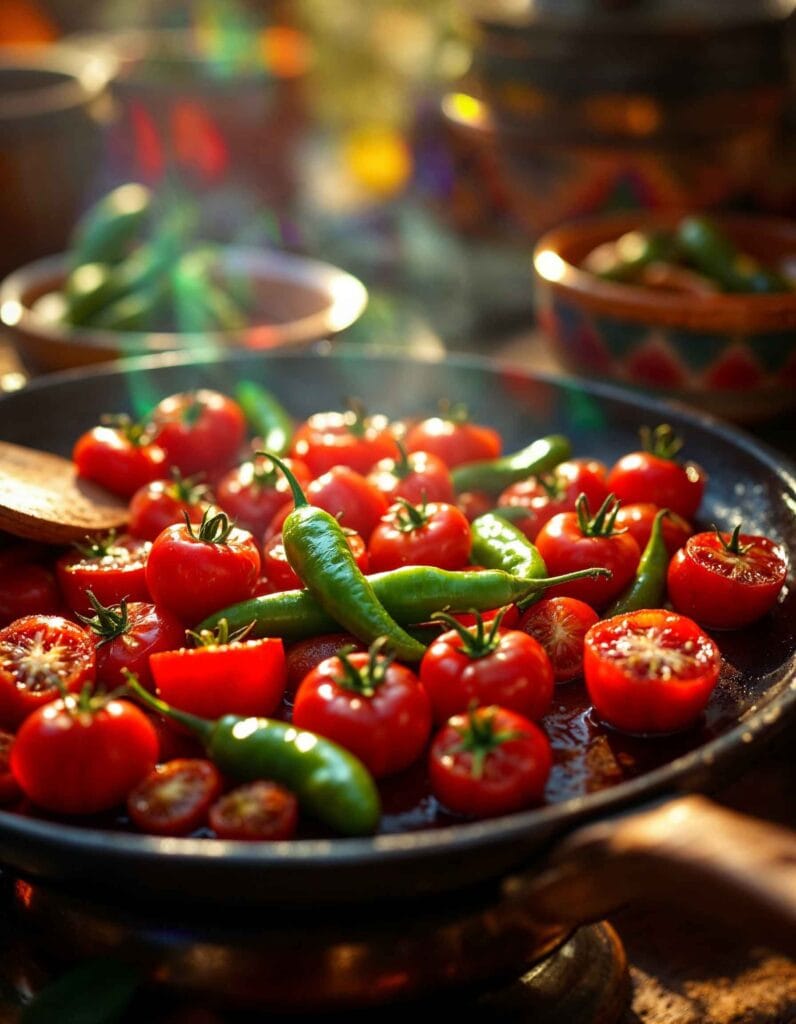
Core Ingredients
- Tomatoes
Tomatoes form the base of most molcajete sauces. Traditionally, they are roasted on a comal (a flat griddle) or over an open flame to achieve a slightly charred, smoky flavor. The roasting process enhances their natural sweetness and gives the sauce its signature depth. - Chili Peppers
Chili peppers add heat and complexity to the sauce. Common varieties include:- Jalapeños: For a moderate heat level.
- Serranos: For a sharper, spicier kick.
- Guajillos or Anchos: For a milder, smoky undertone.
The peppers are often roasted alongside the tomatoes, intensifying their flavor and softening their texture for grinding.
- Garlic
Roasted or fresh garlic adds a pungent, savory element to the sauce. Roasting the garlic mellows its flavor, making it sweeter and less sharp. - Onions
A common addition, onions—either raw or charred—provide a subtle sweetness and balance the heat of the chili peppers. - Salt
Salt is essential for enhancing the flavors of the other ingredients. Coarse salt is often used during the grinding process to aid in breaking down the ingredients.
Optional Ingredients for Regional Variations
While the core ingredients remain constant, molcajete sauce can include additional components, depending on the region or personal preference. These variations allow for creativity while preserving the sauce’s traditional essence.
- Cilantro
Fresh cilantro is a popular garnish or ingredient, adding a bright, herbaceous note to the sauce. - Lime Juice
A squeeze of lime juice provides acidity, balancing the richness of the tomatoes and peppers. - Tomatillos
In some regions, green tomatillos replace or complement red tomatoes, resulting in a tangy, vibrant green sauce. - Avocado
Some recipes incorporate diced avocado for a creamy texture and mellow flavor. - Spices
Additional spices like cumin or oregano may be used to add depth, particularly in regions with strong Spanish culinary influences.
Freshness Matters
The success of molcajete sauce lies in the freshness of its ingredients. Using ripe tomatoes, freshly picked chili peppers, and aromatic herbs ensures that the sauce is bursting with flavor. This emphasis on freshness reflects Mexican cuisine’s connection to the land and its agricultural traditions.
Traditional Roasting and Smoking Techniques
One of the defining characteristics of molcajete sauce is the roasting process. Roasting ingredients over an open flame or on a hot griddle imparts a smoky aroma that’s impossible to replicate with modern appliances. This method also softens the ingredients, making them easier to grind into a cohesive sauce.
Learn about the traditional volcanic basalt material and its benefits.
Balancing Flavors
Creating the perfect molcajete sauce is an art of balancing flavors:
- Sweetness from the roasted tomatoes.
- Heat from the chili peppers.
- Savory notes from garlic and onions.
- Acidity from lime or tomatillos.
This harmonious combination makes molcajete sauce an unparalleled accompaniment to a wide range of dishes.
Unique Flavor, Texture, and Uses of Molcajete Sauce
Molcajete sauce stands out not only for its bold flavors but also for its rustic texture, which adds depth and authenticity to any dish. Its preparation method and versatile uses make it a cornerstone of traditional and modern Mexican cuisine.
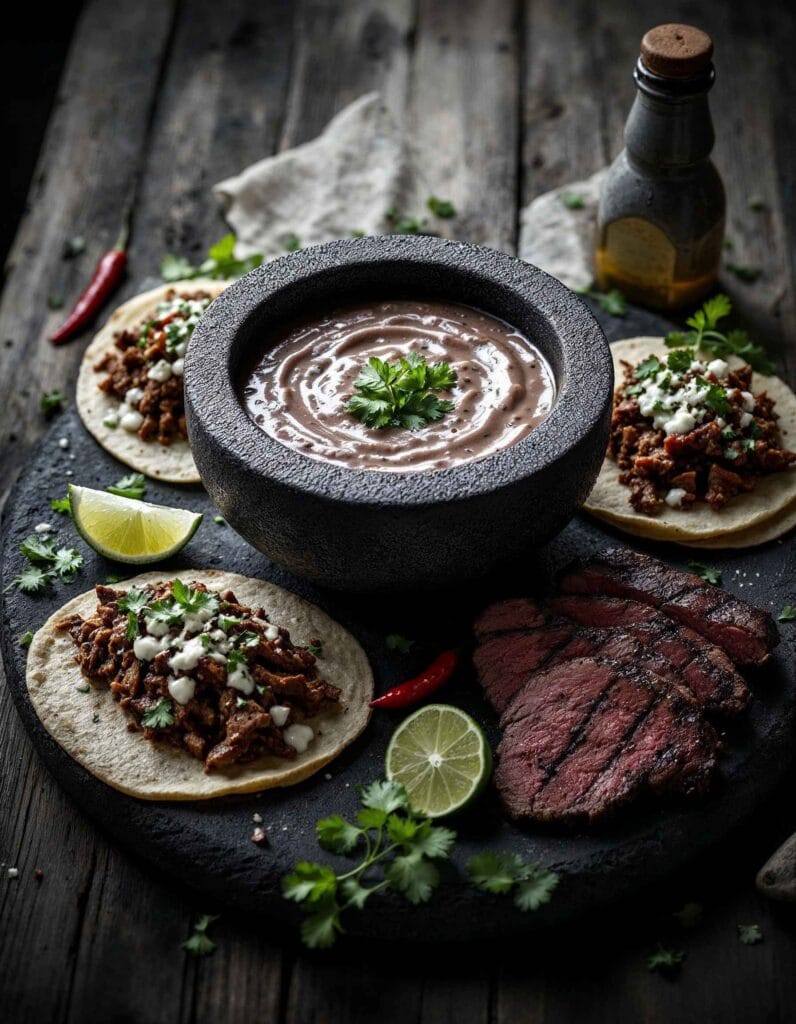
The Flavor Profile of Molcajete Sauce
- Smoky Notes
The roasting of tomatoes, chili peppers, and garlic gives molcajete sauce its characteristic smokiness. This flavor is distinct and cannot be fully replicated by other preparation methods, such as blending. - Balanced Heat
Chili peppers add a dynamic kick, but the heat is balanced by the sweetness of roasted tomatoes and the mild pungency of garlic and onions. Adjusting the pepper variety allows for personalization, from mild to fiery. - Earthy Undertones
The volcanic stone molcajete contributes a subtle earthiness that enhances the depth of the sauce. The grinding process melds the flavors organically, creating a unique taste profile. - Bright and Fresh Accents
Ingredients like cilantro and lime juice add freshness, balancing the sauce’s richness and making it vibrant and zesty.
Explore common and creative ingredients for molcajete dishes.
Texture that Sets It Apart
Unlike smooth, blender-made salsas, molcajete sauce has a coarse, chunky texture that adds visual and sensory appeal. Each bite offers a blend of slightly crushed tomatoes, bits of roasted peppers, and minced garlic, creating a satisfying mouthfeel. The uneven grinding also allows individual ingredients to shine through, giving the sauce its distinctive character.
Traditional Uses in Mexican Cuisine
Molcajete sauce is a versatile condiment that enhances the flavors of countless dishes. Here are some classic pairings:
- Tacos
A dollop of molcajete sauce elevates any taco, adding smokiness and spice to fillings like grilled meats, vegetables, or beans. - Grilled Meats
Served as a side or drizzled on top, the sauce complements grilled steak, chicken, and pork, enhancing their smoky flavors. - Tortilla Chips
It’s a favorite dip for crispy tortilla chips, making it a star at parties and gatherings. - Eggs
Add it to scrambled eggs or serve it over huevos rancheros for a hearty breakfast with a punch of flavor. - Seafood
The tangy and smoky notes pair beautifully with dishes like grilled shrimp, fish tacos, or ceviche.
Creative Modern Uses
Molcajete sauce is not limited to traditional pairings. Its bold flavors make it a versatile ingredient in modern recipes:
- Burgers and Sandwiches
Use it as a topping to give an earthy and spicy twist to burgers or chicken sandwiches. - Pizza
Swap out tomato sauce for molcajete sauce as a base for a Mexican-inspired pizza. - Marinades
Incorporate the sauce into marinades for meats and vegetables to infuse them with smoky and spicy flavors. - Soups and Stews
Stir it into broths for a flavorful kick or use it as a garnish for Mexican-style soups like pozole or tortilla soup.
Why Molcajete Sauce Stands Out
- Flavor Concentration
The grinding process intensifies the flavors, as the friction extracts essential oils from the ingredients, creating a richer taste. - Visual Appeal
The chunky texture and vibrant colors make molcajete sauce visually enticing, adding an authentic touch to any dish. - Cultural Connection
Using a molcajete is more than a cooking method—it’s a tradition that connects cooks to the rich heritage of Mexican cuisine.
Tips for Serving Molcajete Sauce
- Serve Warm or Room Temperature
The sauce tastes best when served fresh, either warm or at room temperature. Heating it too much can dull the bright flavors. - Use as a Centerpiece
For a rustic presentation, serve the sauce directly in the molcajete with tortilla chips or warm tortillas on the side. - Garnish Thoughtfully
Add a sprinkle of chopped cilantro, diced onion, or crumbled queso fresco for added flavor and presentation.
Frequently Asked Questions (FAQs)
What is a molcajete made of?
Craftsmen traditionally use volcanic basalt stone to create a molcajete, a porous material that enhances its unique grinding properties. The stone’s rough texture breaks down ingredients into a coarse, rustic paste, enhancing their texture and flavor. They also craft the accompanying pestle, known as a tejolote, from the same material to ensure durability and efficiency.
What is the difference between salsa and molcajete sauce?
While both are staples of Mexican cuisine, the main difference lies in their preparation and texture:
- Salsa: Often made using a blender or food processor, resulting in a smoother texture.
- Molcajete Sauce: Ground manually in a molcajete, which creates a chunkier, more rustic texture. The grinding method in a molcajete intensifies flavors, particularly when cooks roast the ingredients first.
What do you put in a molcajete?
A molcajete is used to prepare a variety of dishes and condiments, including:
- Molcajete sauce: Made with roasted tomatoes, chili peppers, garlic, and onions.
- Guacamole: Avocado mashed with lime, cilantro, garlic, and chili.
- Spice blends: Ground seeds, spices, and herbs for rubs or marinades.
- Pastas: Such as mole or adobo sauces.
Does molcajete add flavor?
Yes, using a molcajete enhances the flavor of the ingredients. The grinding process releases natural oils from roasted chilies, tomatoes, and spices, creating a richer, more integrated taste. Additionally, the stone surface can absorb and retain flavors over time, adding a subtle depth to dishes prepared in it.
Step-by-step instructions for preparing and seasoning a molcajete.
Conclusion

Molcajete sauce is much more than a simple condiment; it’s a celebration of Mexican culinary heritage and traditions. Crafted with care using fresh, roasted ingredients, and prepared in a molcajete, this sauce offers a unique blend of smoky, spicy, and earthy flavors that enhance any dish it accompanies. The molcajete itself—a tool steeped in history—brings authenticity to the process and connects cooks to centuries-old practices.
Whether used as a dip, a topping, or a marinade, molcajete sauce is incredibly versatile and loved for its rich flavor and rustic texture. By trying your hand at preparing this sauce, you not only create a delicious addition to your meals but also honor a time-tested tradition that remains at the heart of Mexican cuisine.
Embrace the art of hand-crafted cooking with molcajete sauce—it’s a culinary journey worth taking.

